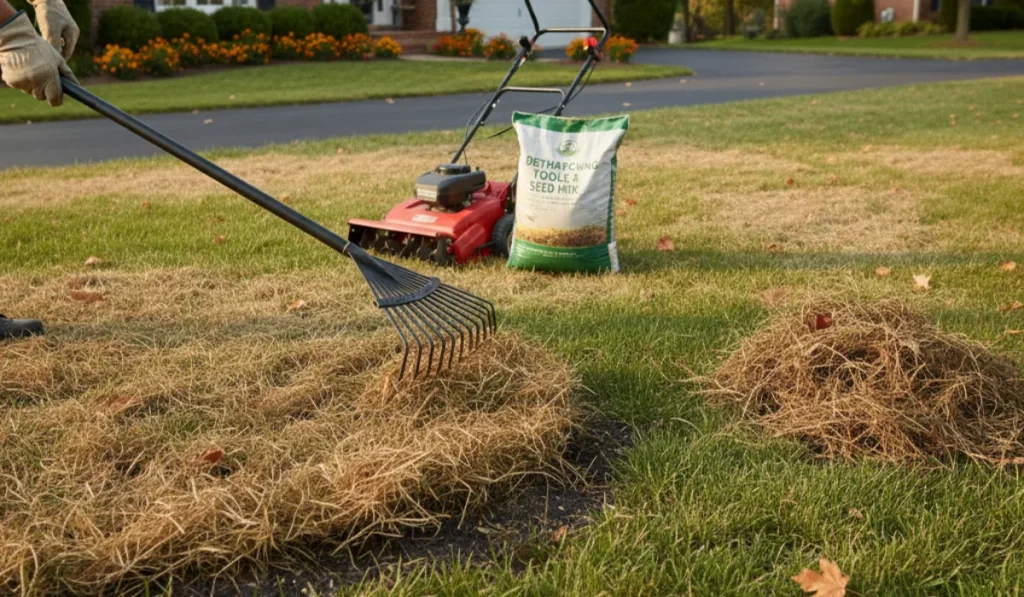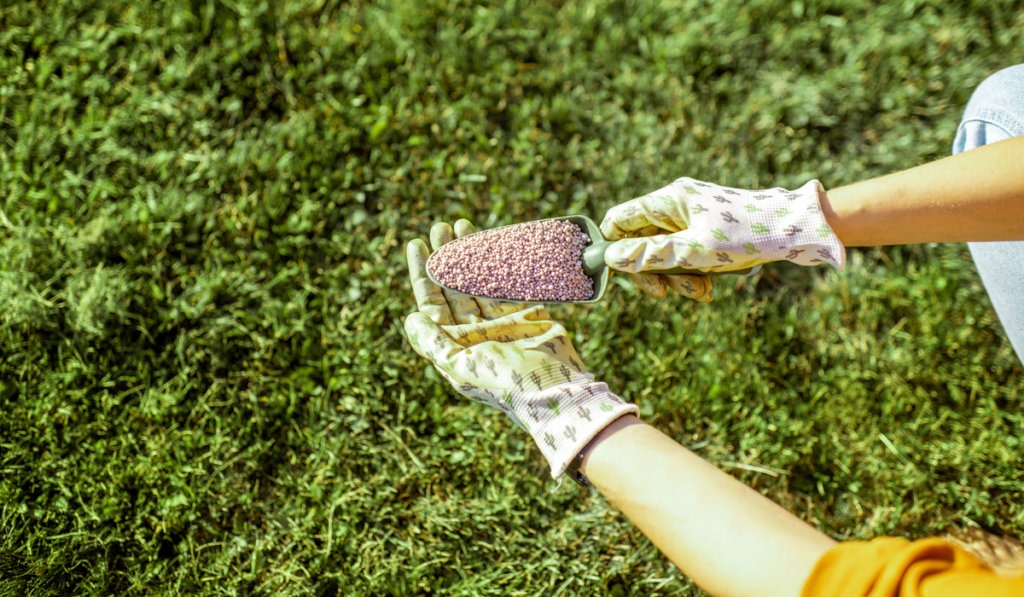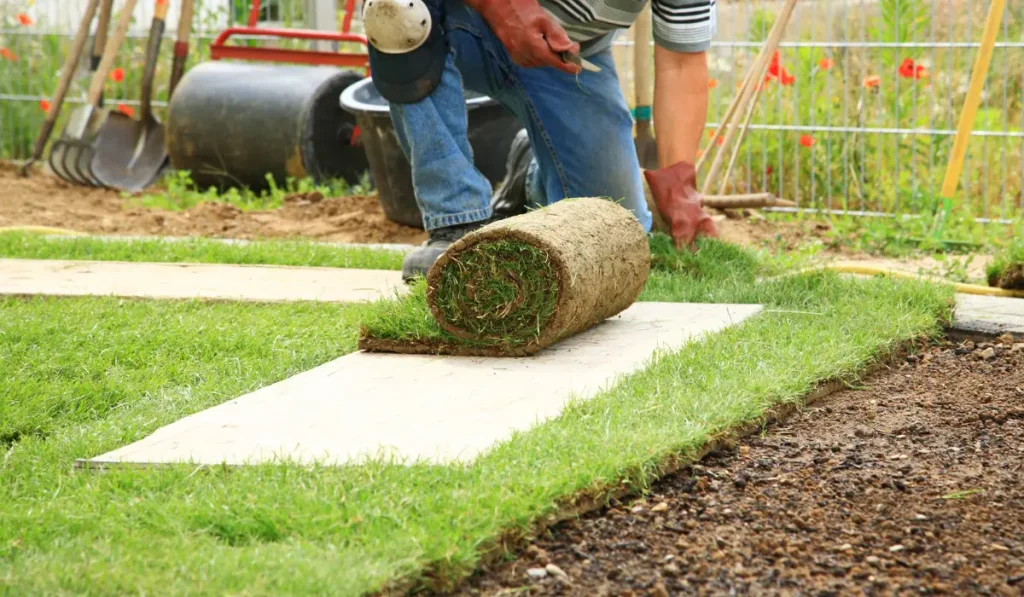If you’re trying to grow a beautiful lawn in the San Francisco Bay Area, choosing the right grass seed is key. This part of California has unique conditions, like foggy mornings, shady areas, hot summers, and dry spells, that make lawn care a little tricky.
Whether you’re in San Jose, San Francisco, or another part of Northern California, your lawn needs to be tough enough to handle everything from dry summers to high traffic.
No matter if you’re starting a new lawn or just touching up an old one, here’s a look at the best grass seed for the Bay Area, and why each one works so well for this part of the state.
Key Takeaways
- Picking the right grass seed helps Bay Area lawns handle dry summers, shade, full sun, and foot traffic.
- Tall fescue, perennial ryegrass, fine fescue, and Kentucky bluegrass each offer different strengths for cool-season lawns.
- TifTuf Bermuda and Zoysia are great warm-season grasses for homeowners who want drought resistance and low maintenance.
- SodLawn matches homeowners with the best turfgrass or sod for a green lawn that grows well all year long.
Tall Fescue
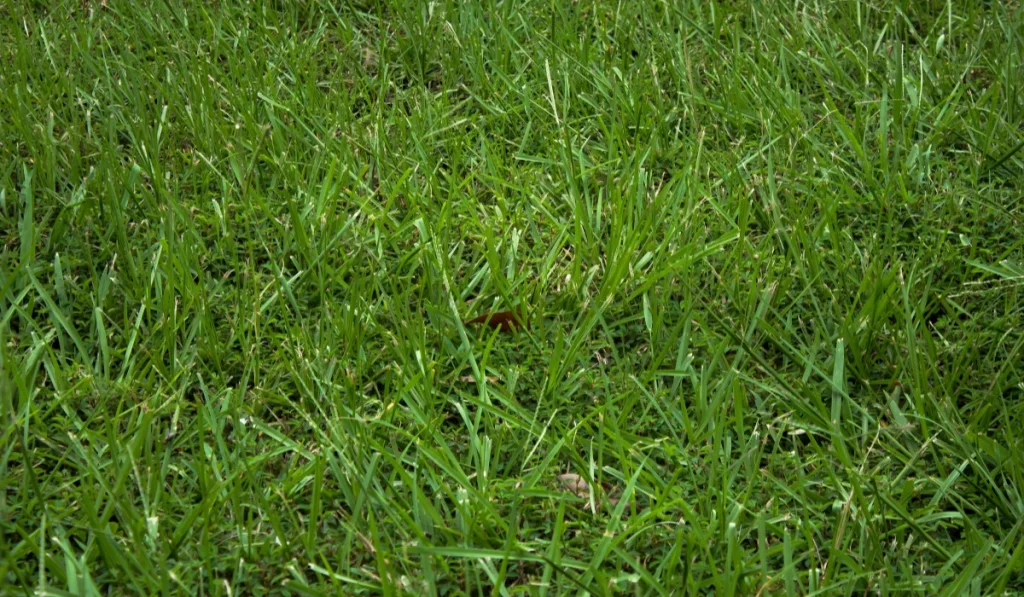
Tall fescue is one of the best all-around choices for Bay Area lawns. It’s a cool-season grass with excellent drought tolerance and a deep root system that helps it survive dry summers.
Tall fescue grass seed creates a thick, soft turf that stands up to foot traffic, making it great for families with kids or pets. It also grows well in both sunny and partially shady areas.
If you’re looking for a year-round green lawn that doesn’t require a lot of extra watering, tall fescue is a reliable option for lawn care in Northern California.
Perennial Ryegrass
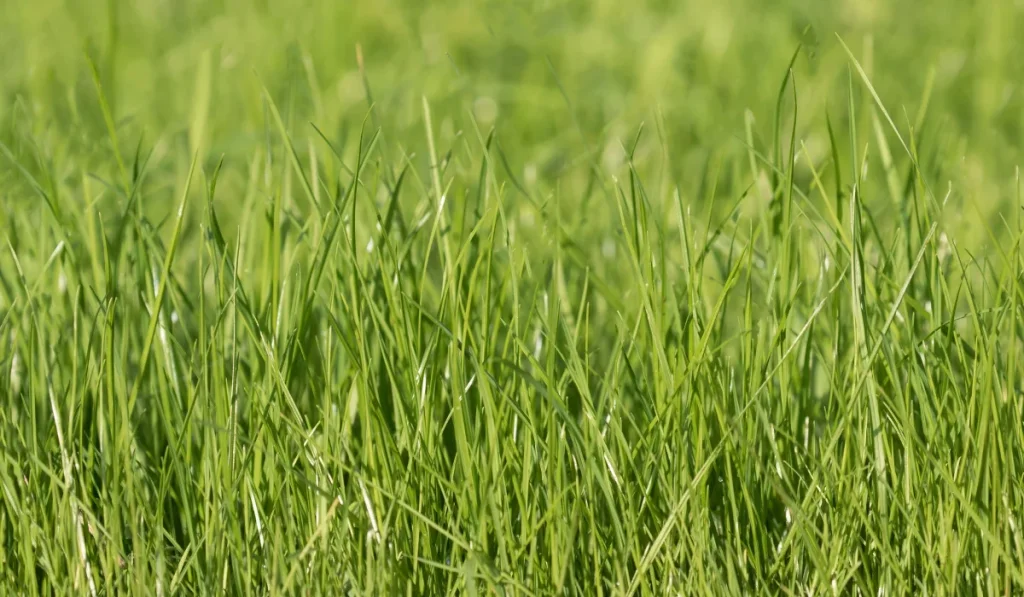
Perennial ryegrass is another cool-season grass that grows fast and gives you quick results. It’s often used in overseeding and blends well with other turfgrass varieties.
Homeowners love how quickly it germinates, perfect if you’re trying to fill in bare spots or need fast ground cover after laying sod. It grows best in full sun and needs regular watering, especially during hot weather.
Its bright green color and fine texture make it a great pick for high-traffic lawns or decorative landscaping.
Fine Fescue
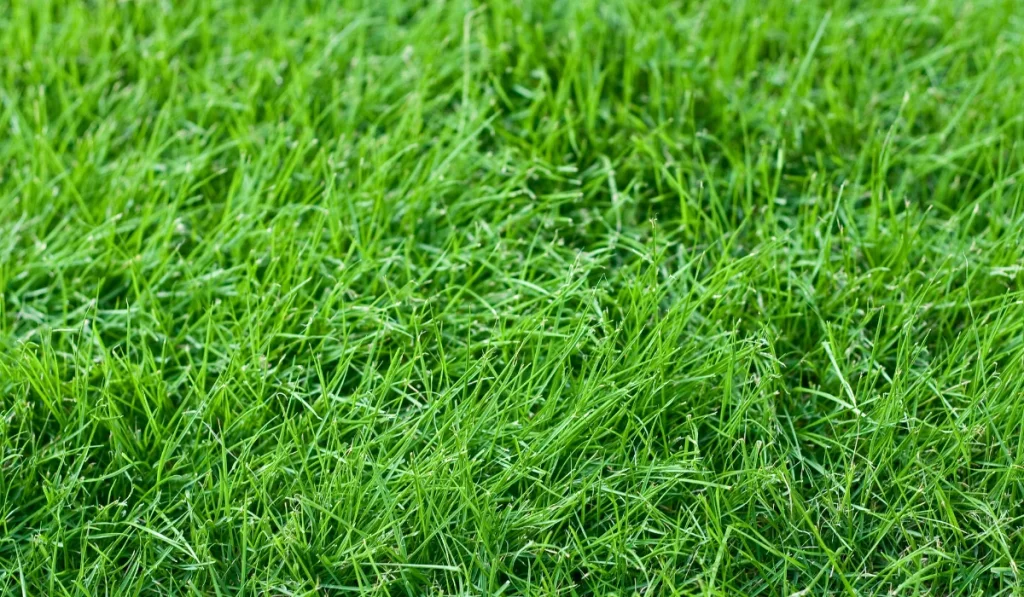
Fine rescue can be a suitable option for areas that receive partial shade, meaning it can tolerate less direct sunlight than many other grass types. It’s relatively low-maintenance, requiring less frequent mowing and fertilization, which can be appealing for busy homeowners. Often included in seed blends with various cultivars, fine fescue can adapt to slightly different light conditions within your yard.
However, it is important to note that all lawns, including those with fine fescue, generally need a minimum of 4-6 hours of sunlight per day to thrive. In areas with very deep or constant shade, even shade-tolerant grasses like fine fescue can perform better in less sun than some other varieties, but it’s not a solution for completely sunless areas.
Whether you’re planting a native grass section or trying to keep a shaded corner looking tidy, it helps you build a beautiful lawn without much hassle.
Kentucky Bluegrass
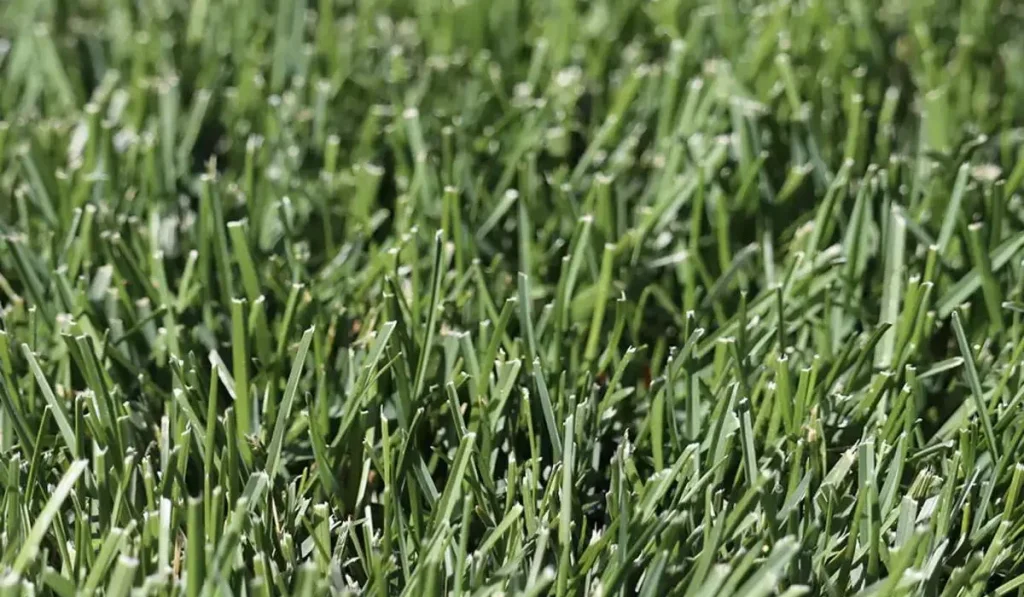
Kentucky bluegrass is a classic type of grass known for its soft feel and dark green color. It spreads on its own using underground stems, which helps it recover from damage in high-traffic areas.
While it’s not as drought-resistant as tall fescue, many people mix the two to create a turf that’s both good-looking and tough. It grows best in full sun and cooler areas, making it a solid pick for the foggy mornings and cooler pockets around San Francisco.
TifTuf Bermuda Grass
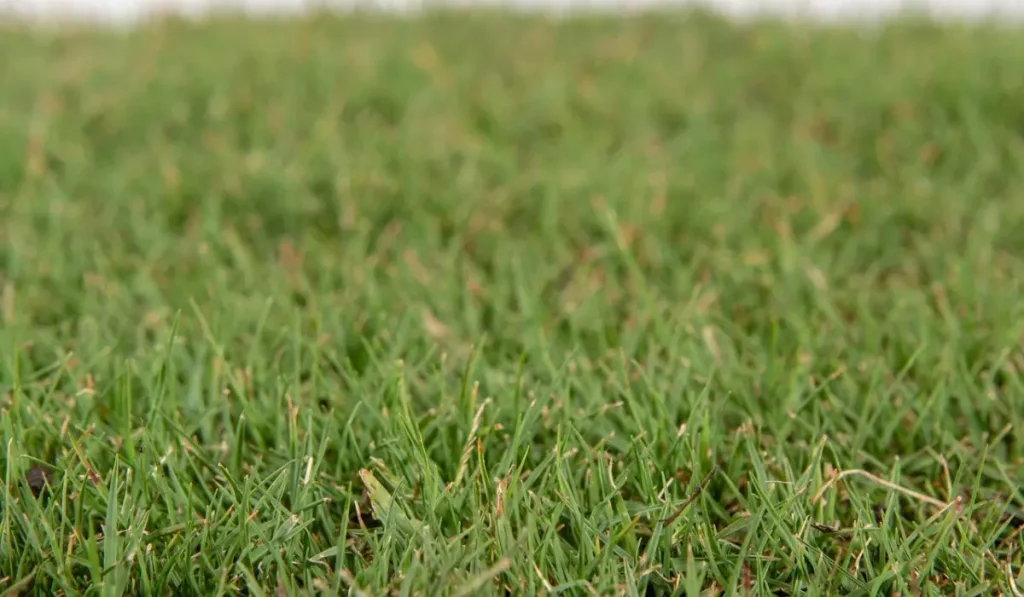
If you live in a warmer part of the Bay Area or nearby Southern California, TifTuf Bermuda grass is a great choice. It’s a warm-season grass that loves full sun and is built to handle drought.
It is one of the most drought-resistant grass options available today. It holds up well to high traffic, recovers fast from damage, and doesn’t need a ton of water once established.
If you want a low-maintenance lawn that stays green through the summer heat, this hybrid Bermuda grass might be just the right grass for you.
Zoysia
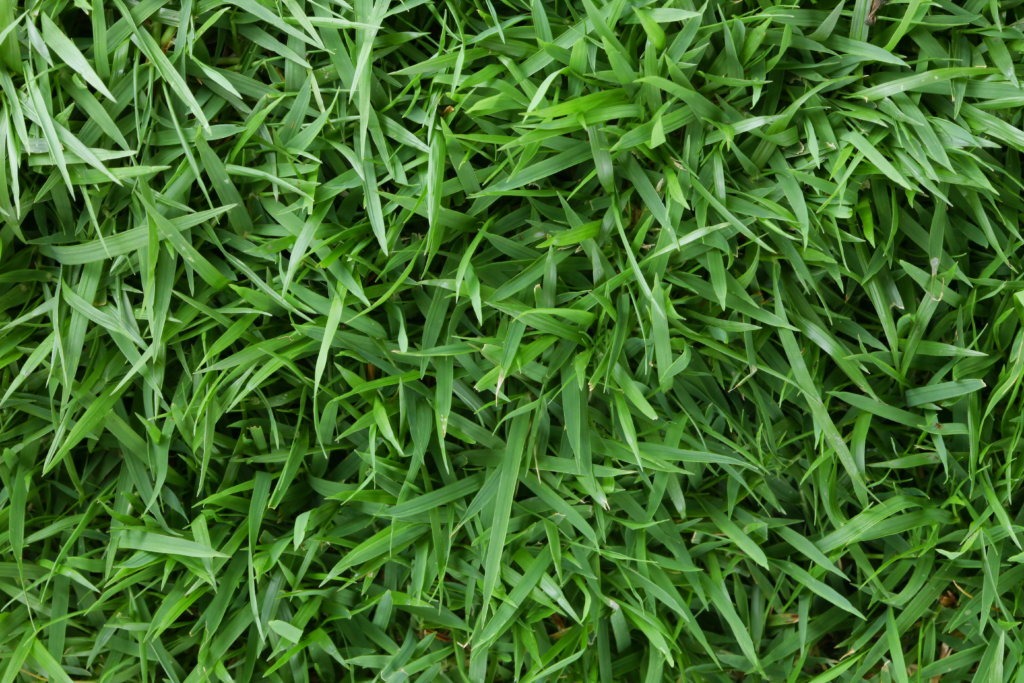
Zoysia is a slower-growing warm-season grass that creates a dense, soft lawn. It’s a smart pick for homeowners who want less mowing and don’t mind a little patience while it fills in.
It handles moderate foot traffic, holds up well in heat, and has great drought tolerance once its roots are fully established.
It’s also known for creating a thick ground cover that blocks out weeds, perfect for keeping your green lawn looking its best all season long.
Find the Right Grass Seed for Your Bay Area Lawn
Every yard is different, and the right grass seed can make your lawn easier to maintain and more resilient.
Whether you need something that can handle shady areas, dry summers, or constant wear from kids and pets, SodLawn has the turfgrass, sod, and tools to help.
We work with homeowners across the San Francisco Bay Area and Northern California to match lawns with grass types that thrive in California’s unique climate.
Need help finding the best grass seed for your lawn?
Contact us today to get expert advice, fast delivery, and high-quality seed that helps you grow a beautiful lawn year-round.
Frequently Asked Questions
How long should I wait before walking on a newly seeded lawn?
Wait at least three to four weeks before walking on new grass seed, depending on germination speed and weather. Early foot traffic can crush seedlings and delay lawn establishment significantly.
Can I mix different grass seed types for better performance?
Yes, blending grass seeds can improve performance by combining drought tolerance, shade tolerance, and wear resistance. Many Bay Area lawns use blends to handle varying sun, soil, and traffic conditions.
How should I water grass seed after planting?
For new grass seed, water lightly two to three times daily to keep the topsoil consistently moist for germination. Once seedlings appear, gradually reduce the frequency and water more deeply. This encourages roots to grow down, leading to a stronger, more drought-tolerant lawn. Avoid shallow, frequent watering after germination, as it promotes weak, surface roots.

